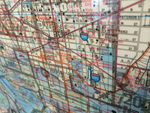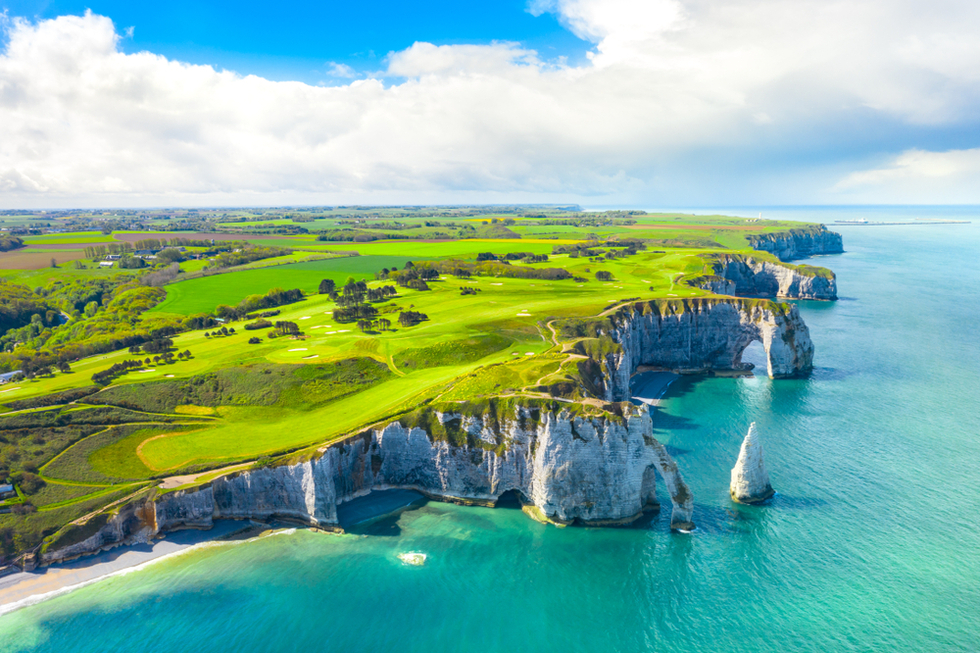The gentleness in Normandy’s rich rolling landscape gives little clue to the region’s long and turbulent history. Look a little closer, however, and you see haunting reminders of some of the Second World War’s most dramatic and decisive battles. The Allied landings on Normandy’s beaches in June 1944 changed the course of the Second World War. Although the embarkation beaches teem with visitors in the summer, they remain living memorials to bravery, determination, and ingenuity.
But these sights don’t exclusively define the region. Fashionable Deauville and its family-friendly neighbor Trouville have been drawing sun-seekers since the 19th century. As the age of the railway expanded during the Victorian era, so too did genteel seaside resorts that dot this stretch of France’s northern coast.
Bayeux attracts lovers of history and art, many to see the extraordinary tapestry that recounts another battle that altered the course of history: the Norman Conquest. Honfleur is a place of arty pilgrimage, and Rouen’s history and bustling restaurant scene attract foodies hungry for culture. At the western border is Mont-St-Michel, which has stood guard for a millennium and is linked to the coastline via a pedestrian bridge.
Head inland to savor the cream of Normandy produce: namely the pungent cheeses from Camembert, Pont l’Evêque and Livarot. Instead of the vineyards that characterize the South of France, Normandy has apple orchards that produce the region’s renowned cider and Calvados brandy.









